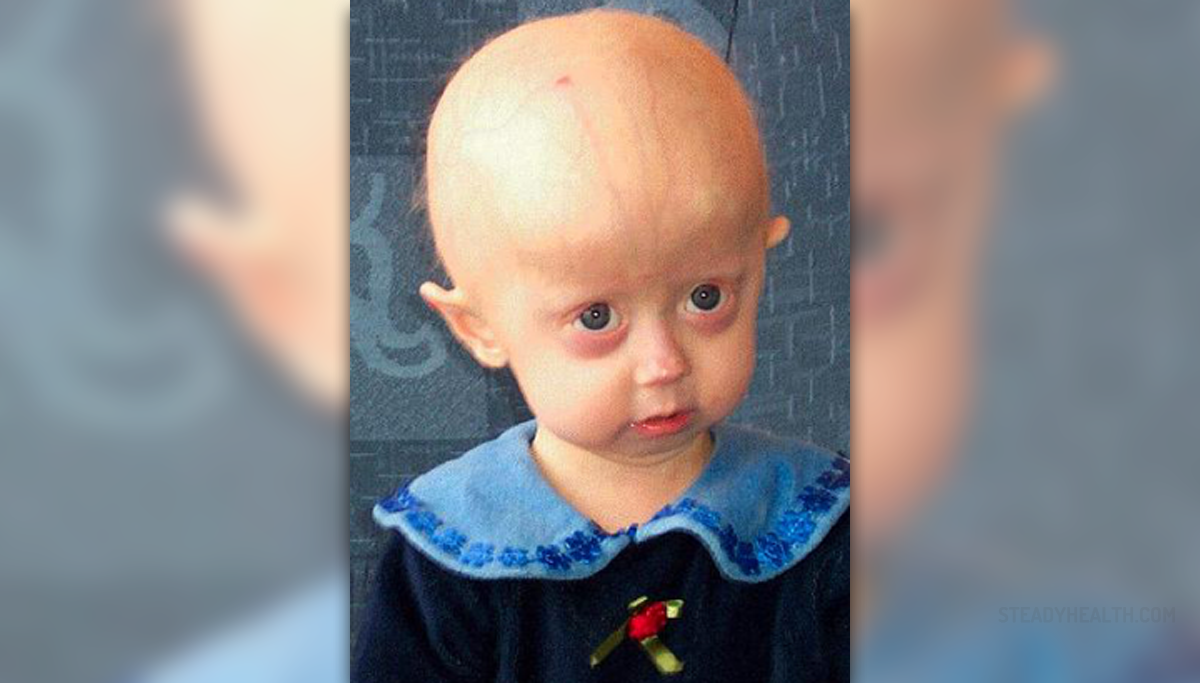
Progeria, Hutchinson-Gilfordprogeria syndrome or HGPS is a very rare and fatal genetic disorder. It is characterizedby progressive and rapid aging of the child, sometimes also known as acceleratedaging which leads to lethal consequences. These kids start growing old 8 timesfaster than it is normal for children. The disorder is very likely to start in the firstyear or two of their life and in most cases these children don’t survive their13th birthday.
Scientists discoveredthat there is a specific gene mutation in almost all cases of progeria. Mutationof a gene that encodes protein Lamin A has been linked to accelerated aging inchildren. It was established that 1 of every 8 million babies is born withprogeria, and there are about 45 cases of this disorder in the world today. Thereis no gender preference, and both boys and girls are at equal risk ofdeveloping such disorder. Progeria is not inherited, because these kids dievery young and don’t have a chance to have children on their own. However,genetics might have something to do with the disorder, since there is a familyin India, having several kids affected with progeria.
What are the symptoms of Progeria?
Most commonly,first symptoms of progeria start to appear when the child is about 10 to 24months old. Then, apparently healthy child, born looking perfectly healthy,start to look old, with the changes in their face, nose and even skin, they losethe hair, eyelashes and eyebrows. Since they experience slowed growth, theyappear as below average height and weight. Head becomes too large for theirbody (which is known as macrocephaly), lower jaw is often small, teeth areformed abnormally, their eyes become prominent and scalp veins are frequentlyvisible. There is also some voice changes, making it high pitched.
The body ofchildren suffering from progeria changes as if they were old. They experience jointproblems, hip dislocation and loss of body muscles and fat. Progeria patientsalso experience health problems associated with the aging, including progressiveatherosclerosis and cardiovascular diseases.
Don’tconfuse the way these children look with who they are. Their minds don’tchange, and even if they look old, there are no mental changes and these arestill normal kids, only with a changed body.
What Is theTreatment?
There is noactual therapy for this genetic disorder. Recent scientific research withfarnesyltransferase inhibitors (FTIs) has shown some improvement and clinicaltrials for the treatment of people suffering from progeria are ongoing.
Patients andtheir families usually need all the support they could get, because progeria ishard to cope with. There are some available support groups, but they will need backupfrom their friends and family to, to deal with this disorder.


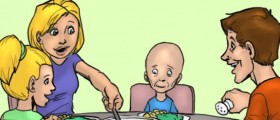


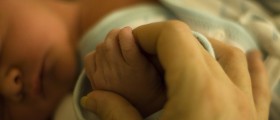

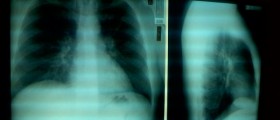
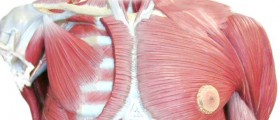



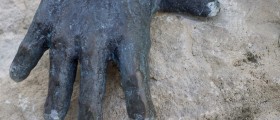




Your thoughts on this
Loading...